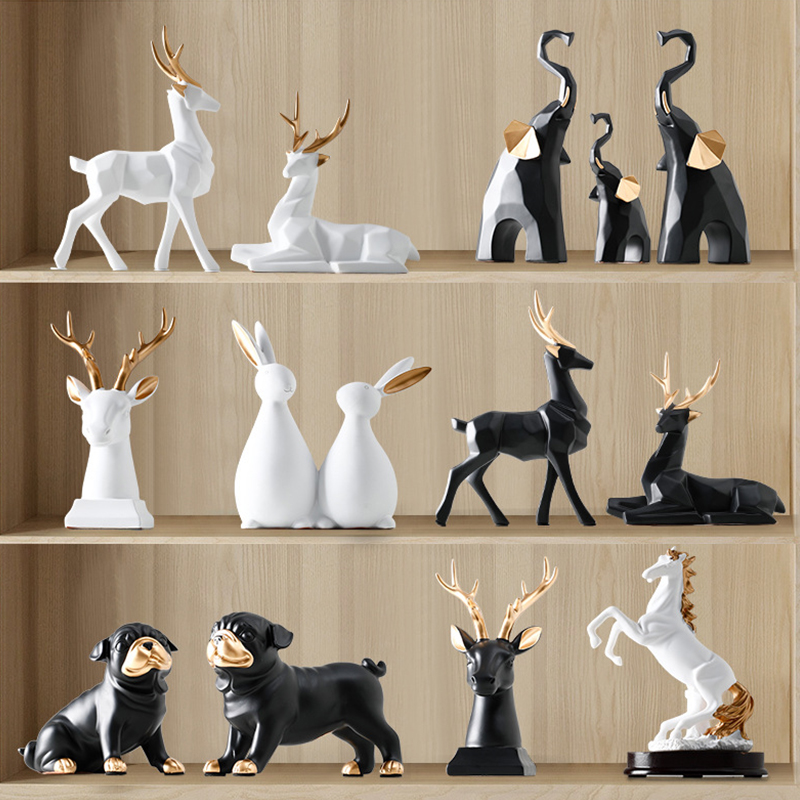Stunning and creative Iron Crafts designs, it turns out that Iron Crafts can be so beautiful!
In many people's impressions, Iron Crafts is a traditional and heavy handicraft, often used in architectural structures such as stair handrails and gate railings. However, with the development of modern design concepts and the revival of handicrafts, iron art has long broken through functional limitations and become a decorative art form that combines practicality and artistry.
1. Iron art is no longer just "cold and icy"
When it comes to iron art, people often think of heavy metal texture, cold touch and the rough atmosphere of industrial style. But in fact, through the ingenuity of designers and the exquisite skills of craftsmen, iron art works are becoming more and more refined, delicate and even full of warmth.
Today's iron art works are not only practical furniture or architectural accessories, but also works of art. They may be an elegant chandelier, a wall decoration with smooth lines, or even a flower stand that incorporates natural elements. These works combine the fortitude of metal with soft design, showing the unique charm of iron art.
2. Creative design brings iron art to life
In modern home design, iron art is increasingly mixed with other materials such as wood, glass, and stone to create works with great visual impact. For example:
Iron art + wood art: iron frames are matched with log tabletops to create a table and chair combination that is both industrial and warm;
Iron art + green plants: the design of iron flower pots and flower stands incorporates natural elements such as vines and flowers, which is both beautiful and practical;
Iron art + lighting: iron art lamps created using hollow carving technology not only have excellent lighting functions, but also create a dreamy light and shadow effect.
In addition, in commercial spaces, iron art is also widely used in the decoration of restaurants, cafes, and boutiques. Some designers use iron art to make signs, partitions, display stands, etc., which saves space and has a unique style.

3. The artistry of iron art is being redefined
In addition to practicality and decorativeness, iron art is gradually moving towards the field of pure art. Many artists have begun to use iron to create sculptures, murals, installation art and other works. They use welding, forging, polishing and other processes to turn cold metal into living works of art.
For example, some artists use iron as a "canvas" to carve complex patterns on it; others use discarded metal materials to splice abstract sculptures to express the combination of environmental protection concepts and artistic innovation. These works not only show the technical beauty of iron art, but also reflect the rethinking of materials in contemporary art.
4. The charm of iron art lies in its "strong plasticity"
The key to the continuous innovation of iron art lies in its extremely high plasticity. Whether it is bending, cutting, welding or spraying, iron can be flexibly processed according to design requirements. This feature enables iron art works to maintain the stability of the structure and have rich modeling changes.
At the same time, iron art also has strong durability and retro beauty, which is especially suitable for consumers who pursue personalized and quality life. It is not as cheap as plastic, nor as easy to age as wood. Instead, it will show unique traces of time over time.
5. Iron art is not just a craft, but also a manifestation of life aesthetics
From functionality to decoration, from practicality to artistry, iron art is entering our lives in a brand new manner. It is no longer a monotonous metal product, but an artistic expression that carries creativity, culture and emotion.
If you also like handicrafts and love life aesthetics, you might as well pay more attention to iron art works. Perhaps you will find that behind those seemingly hard and cold metals, there is a soft and creative heart.


 English
English Español
Español












